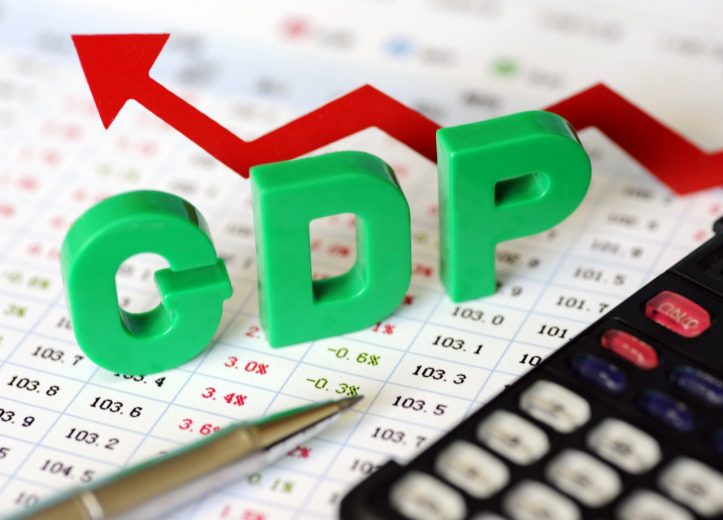What is Gross Domestic Product? Simply put, it is the financial measure of all the goods and services produced in a given time frame. The concept of GDP came from the Great Depression era. It compares the value of all products taken from all the businesses in the country. It then calculates the value of all this by allowing for depreciation when calculating prices.
A quick definition of GDT is “the value of a particular good or service (as it relates to that particular industry) divided by the gross domestic product”. By itself, this makes it a rather vague and general description of the economy. More specifically, it is used as an economic benchmark. Because it doesn’t take into account the quality of any particular service, the standardization is somewhat arbitrary. The U.S. Department of Commerce, for example, uses GDT as a way to determine the amount of trade surplus or deficit the nation is experiencing.

Nominal GDP is also called real GDP or the real market prices of goods and services. This is actually a little bit of a misnomer, as some economists believe that real market prices are a misleading measure of economic activity because they don’t account for markup, which is what occurs during the trade. Using quarterly GDP data, for instance, we can determine how much the cost of production has changed from one quarter to the next. But since GDT doesn’t incorporate retail markups, it can actually be a very misleading indicator of how business is doing in the economy.
Another measure of economic performance that has long been used in the U.S. and other countries is the monetary funds rate or MFOS. The idea behind the fund’s rate is to help investors and central banks judge how effective the different interest rates are in stabilizing the economy. For example, if the MFOS rate is high, this means that inflation is high and the economy is growing at a fast pace. However, when the MFOS rate is low, it indicates that inflation is low and the economy is sluggish or even stagnant.
There are several different ways of gauging the health of the economy. Some of these include the gross domestic product (GDP) growth, seasonally adjusted gross domestic product (GDP), durable goods orders, current accounts, and inventory-based economic indicators. The official government standard for measuring the health of the economy is the gross domestic product growth rate. This indicates how the country’s economy is doing compared to others around it. It also compares the performance of this particular country to those of other nations in the world. While the government standard may be useful, it doesn’t give the consumers or traders who are involved with the various economic indicators any kind of insight into the state of the economy.
A more accurate way of gauging the health of the economy is the gross domestic product, or GDP. This is calculated by adding the value of each individual’s personal and public financial production, including personal capacity for consumption, production, sales, and saving, and durable goods order size as well as inventory. The term ‘personal capacity for consumption’ refers to the ability of an individual to buy goods and services that he needs from his own pocket or income. On the other hand, ‘production, sales, and saving’ refers to the capability of businesses or households to provide durable goods and services that they need from external sources, including government agencies or international suppliers. Lastly, ‘in inventory’ refers to the ability of a business to have an adequate stock of raw materials and goods that it needs in production.
In addition to these three major components, there are some other economic indicators that are often used to determine the health of a nation’s economy. These include measures of economic output, interest rates, unemployment rates, the balance of trade, international trade, and political stability. However, these indicators are themselves subject to revision, depending on circumstances. So the standard definition of what is gross domestic product (in GDP) remains the same today as it was when the enumerated factors were first mentioned more than two hundred years ago.
While the standard definition remains the same, a different way of measuring economic activity is being used today. Known as a dynamic indicator, this new method compares economic output against other variables using mathematical equations. So instead of relying on raw values, a more complex analysis is made. But whether you choose to use a dynamic indicator, a historical indicator, or another kind of economic indicator, the bottom line is that you must know what is being measured.